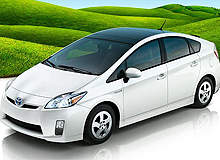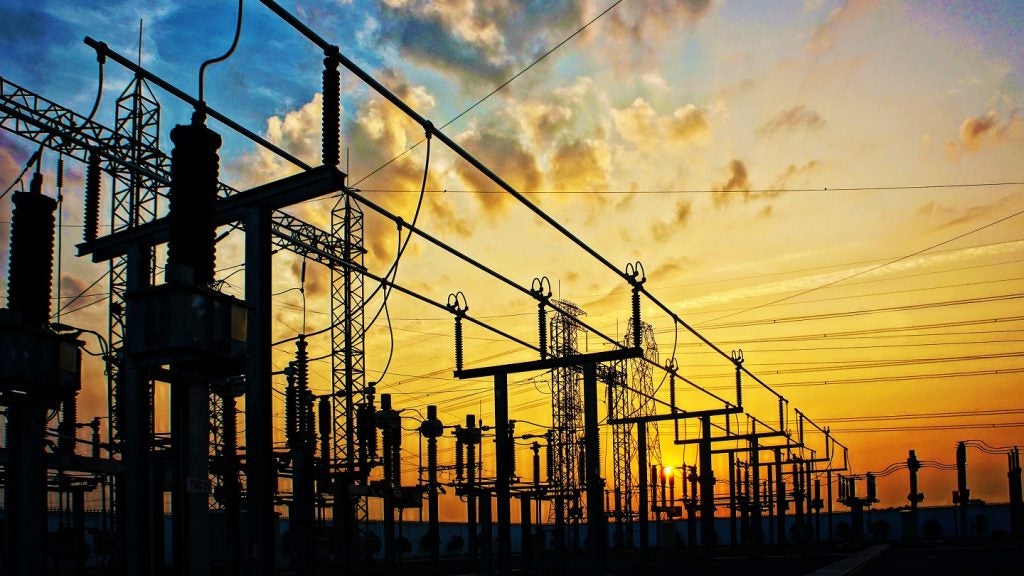
Besides being the largest drain on our oil reserves, transport is the world’s fastest growing energy sector. Making it more efficient must, therefore, have top priority globally both for reducing CO2 emissions and for making travel more affordable.
The EU is setting an example by introducing regulations from 2012 to reduce the average consumption of new diesel cars to 4.5l/100km (around 63 miles to the gallon) and 5.0l/100km for petrol. With this in mind, most major automotive manufacturers seem to see electric cars as the natural way forward.
Since being launched a decade ago, worldwide sales of hybrid electric vehicles (HEVs) are now moving towards three million. Besides using high-efficiency electric motors, they recover most of the energy taken to accelerate by using regenerative braking. The Honda Insight petrol hybrid reduces fuel consumption to a remarkable 3.3l/100km, for example. Plug-in electric hybrid vehicles (PEHVs) can cut internal combustion engine use even further, and battery electric vehicles (BEVs) do away with it altogether.
Whether electric cars ultimately succeed depends on if they will be financially attractive enough for hundreds of millions of people to buy them (there are about 600 million passenger cars worldwide). The incentives can be strong. Vehicle taxes are lower in the US and elsewhere, and electric cars can have a third or quarter of the running costs, depending on petrol and electricity prices in each country. Maintenance costs are also much lower – there are no tune-ups or emissions tests and no changing oil, air filters or timing belts. So, electric cars are already cheaper for many drivers who can live with their relatively short range, which is increasing rapidly with better batteries.
Recharging electric cars
See Also:
Lead-acid batteries are cheap but limited to only about 120km between charges (depending of course on the number of cells). Most new cars now use lighter but more expensive NiMH and lithium ion (around 250km) types, well above the range normally needed for day-to-day use. Manufacturers are steadily improving capacity and reliability, and reducing charge times. With batteries being the most expensive element of the electric car, the most important thing is to now cut prices by designing them for mass manufacture.
How well do you really know your competitors?
Access the most comprehensive Company Profiles on the market, powered by GlobalData. Save hours of research. Gain competitive edge.

Thank you!
Your download email will arrive shortly
Not ready to buy yet? Download a free sample
We are confident about the unique quality of our Company Profiles. However, we want you to make the most beneficial decision for your business, so we offer a free sample that you can download by submitting the below form
By GlobalDataIf electric cars do hit true mass production, the effect on the power stations used to recharge them will mainly depend on how fast and (crucially) when the batteries are recharged. Most people will want to leave their cars to charge overnight at home, using off-peak tariffs, and this will mean that power station operators will often not need to increase the installed baseload power. Charging times will ultimately be determined by the power available. Typical (small) battery banks can hold around 10kWh, and home power points can often reliably draw from 1.5kW to 3kW (depending on country), making charging easily possible overnight.
Recharging cars during the day – at work, or at parking meters or garages, for example – will increase their range. Charging times are dropping, but competing with refuelling a car in a couple of minutes – even if the battery would allow it – would need a third of a megawatt. Batteries could alternatively be swapped over at charging stations in less than a minute using a hoist. The batteries could there again be charged overnight by the operator, although repeatedly swapping over (expensive) batteries could damage them.
Either way, charging stations will need an electric fuelling standard. Recent progress includes the J2836/1 standard from industry body SAE International, announced in May 2010, which standardises two-way communication between plug-in electric vehicles and the electric power grid. It includes communication requirements for various load management and rate programmes for charging plug-in electric vehicles. That still leaves huge financial and environmental costs involved in setting up a whole new infrastructure of battery charging points. So, will they be worthwhile?
The environmental argument
Electric cars are largely being sold on their environmental benefits. They do indeed reduce pollution at "point of use", particularly in cities. Well-to-wheel comparisons with fossil-fuelled cars will, however, depend strongly on how the electricity is generated.
The real benefits from electric cars will only come when they are recharged from renewable sources. Solar panels can charge during the day, but then the car competes against all the other daytime electrical loads. Overnight charging can come efficiently from sources like hydroelectric, tidal, wind, geothermal and biomass. There has also been talk of car batteries supplying power to the grid during the day when electricity costs are high, but this will not be cost effective for expensive batteries with a limited number of recharges.
In October 2008, the UK Government commissioned a report on electric vehicles by Arup and Cenex. This concluded that, assuming off-peak charging, the UK already had sufficient generating capacity and nearly sufficient transmission capacity (although there may be local issues). According to Arup’s Steve Argent, increased use of renewables will need more flexibility for charging, particularly needing "smart" charging. A smart grid would allow cars to charge up at night or when power was plentiful (e.g. during high winds).
Argent believes that "electric vehicles offer a potential win-win, they help decarbonise personal transport while at the same time making it easier for the grid to accommodate increased renewable supplies by using smart charging". Electric cars undoubtedly have long-term potential for load shifting, and more immediately they could also act as an emergency back-up during blackouts.
In reality though, electric cars will largely be powered by coal, and the danger is that this will only extend coal-fired power stations’ lives. More than half of electricity is generated from coal in the US, and nearly three quarters in China.
Coal-fired stations are still often only 40% efficient, with transmission losses of up to 10%. Electric vehicles can be around 75% efficient, but that still gives overall efficiencies of below 30%.
Transport Watch’s Paul Withrington has calculated that diesel cars emit around half the CO2 of electric cars powered by electricity from fossil fuels. He estimates that electrifying diesel transport in China would actually double emissions, and points out that it is normally better to burn fossil fuels in the car itself rather than in a power station and then transport the electricity. Engines can also run on renewable fuels without losing efficiency (although that touches on the environmental issues surrounding "renewable" fuels).
"The government dash for electric depends upon the wild claims of manufacturers" remarks Withrington. "In one test, for example, an electric van that the manufacturer claimed had a range of 170km achieved only 100km with no load on the flat and only 10km in the hills of Wales. Government policies should await detailed tests on actual fuel consumptions and emissions of vehicles of the same overall performance. Similarly, they should await a proper appraisal of the environmental problems of disposing of tens of millions of lithium-ion batteries, let alone the world-wide difficulty of sourcing the raw materials needed for manufacture."
The danger is therefore that electric cars could just add to the list of superficially attractive "high-tech" solutions to a problem with much more immediate answers. Best of all would be for governments worldwide to improve public transport. We also need to make cars smaller and lighter, though, and encourage drivers to carry more passengers. More effective high-tech solutions would include measures like improving engine efficiencies of petrol and diesel-powered cars, using flywheels to take advantage of regenerative braking, cutting idling losses to zero by switching engines off when stationary, and mounting motors on wheels to eliminate transmission losses.
All this needs intervention by governments. The measures could of course be left to the "market" to decide, but the obscenely poor fuel consumption of sports utility vehicles (SUVs) shows how "image" takes over from rational thought at the point of sale.





